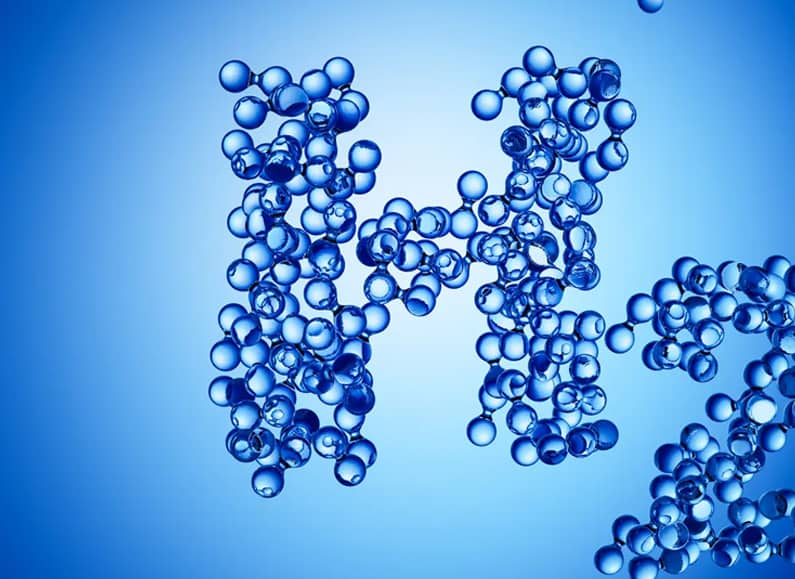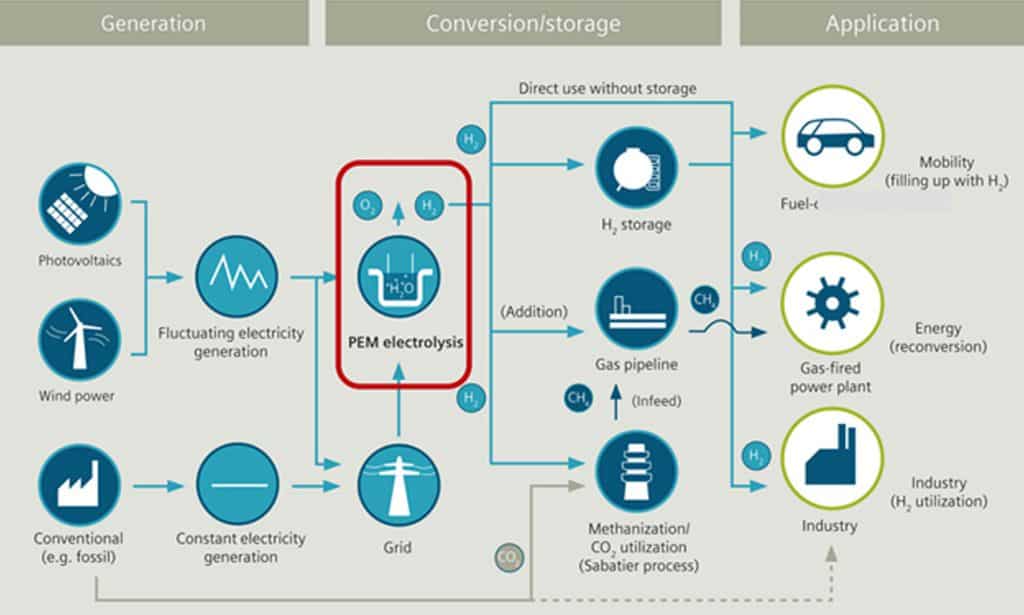A net-zero facility, as defined by the UN (https://www.un.org/en/climatechange/net-zero-coalition), is an aspirational target accomplished by progressively identifying and eliminating Scope 1, 2 and 3 GHG emissions (https://ghgprotocol.org/). To further ensure the net-zero status of a facility all GHG emissions are verified by an independent third-party against internationally accepted standards and made fully available to customers and other interested parties.
Reaching net-zero for the IEPS Hydrogen Project is eminently achievable. First, the electrolytic process itself produces no Scope 1 GHG emissions while the few remaining emissions associated with production can be addressed by either using LCI hydrogen (e.g. as a fuel in trucks) or renewable electricity (e.g. as a fuel in compressors).
Second, the use of renewable electricity to drive the electrolytic process effectively eliminates all Scope 2 GHG emissions. In those few circumstances where sufficient renewable electricity is not available, residual Scope 2 emissions can be offset through the purchase of Renewable Energy Credits (“RECs”).
Finally many of the Project’s Scope 3 emissions can be directly addressed at the outset through effective contracting with equipment manufacturers and suppliers. Any Scope 3 emissions that cannot be immediately addressed can initially be offset through RECs and over time steadily reduced through contracting processes.




